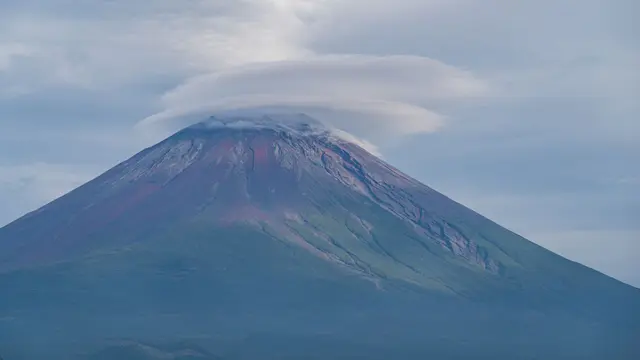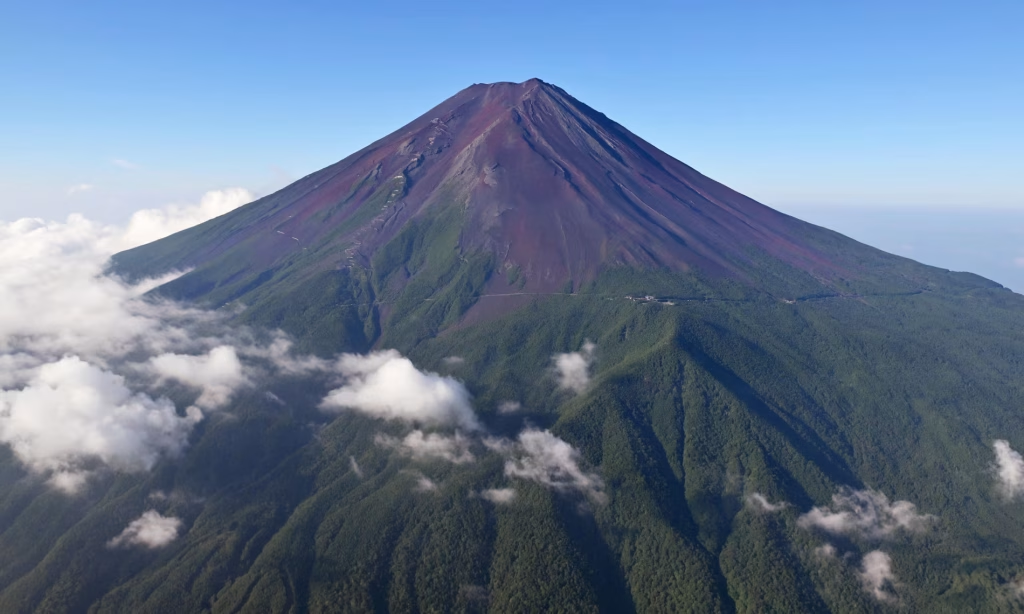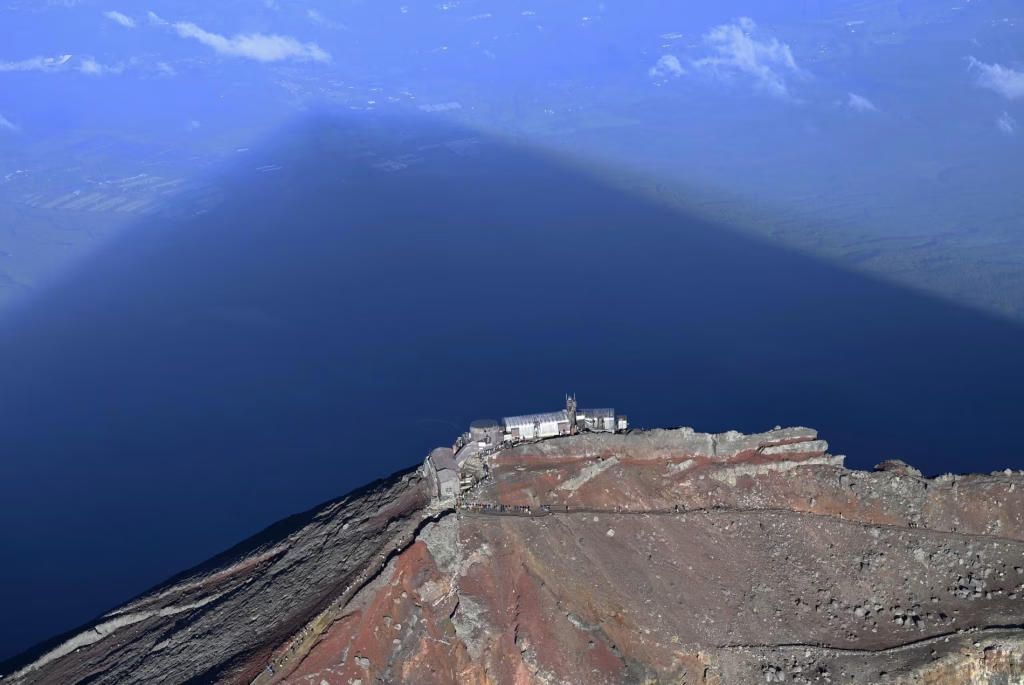As October draws to a close, Japan’s picturesque Mount Fuji sits without its usual snowy cap, marking a historic first in over a century.
This iconic mountain is renowned for its serene, snow-dusted peak, typically visible by early October.
However, this year has been different, signaling a shift that many attribute to the ongoing climate crisis.

The Japan Meteorological Agency has reported that, as of October 29, no snowfall had touched Mount Fuji’s 12,389-foot summit.
This unprecedented delay breaks past records from both 1955 and 2016, when snow was first recorded by October 26.
Normally, by October 2, snow begins to adorn the peak, yet this year remains exceptionally bare.
Shinichi Yanagi, a meteorological officer at the Kofu Local Meteorological Office, points out that lingering warm temperatures since summer and continued rainfall have prevented the formation of snow.
This aligns with the trend of Japan experiencing its hottest summer on record, with temperatures from June to August peaking 3.17 degrees Fahrenheit above the seasonal average—a significant leap beyond the record set in 2010.

Over 74 Japanese cities recorded October heat rising to 86 degrees Fahrenheit or more, according to Climate Central.
Their analysis shows that the unusual warmth felt this autumn was amplified by the climate crisis, suggesting this is not an isolated event but part of a broader global trend.
Concerns over the environmental impacts extend beyond just Mount Fuji’s lack of snow.
Warmer winters could drastically affect snowpack levels, crucial for water resources, agriculture, and local economies dependent on winter tourism.

Traditionally, Mount Fuji has been a major tourist draw, attracting millions who wish to hike, witness the snowy summit, or experience sunrise from its slopes.
Experts emphasize the urgent need to maintain global temperatures within a 2.7 degrees Fahrenheit increase from pre-industrial levels to prevent drastic climate upheavals, including altering weather patterns.
Recently, a study highlighted significant declines in snowpack levels across the Northern Hemisphere over the past 40 years, underscoring the critical nature of this issue.
In response to these challenges, Japanese authorities have instituted measures like entry fees and visitor limits during the hiking season to curb overtourism and protect the environment.
Despite these efforts, the delay in snowfall this year is particularly worrying for the communities relying on the steady influx of visitors during the snowy season.
As Mount Fuji remains bare, it serves as a stark reminder of the pressing realities of climate change, prompting reflection and the need for immediate action to address this global emergency.
